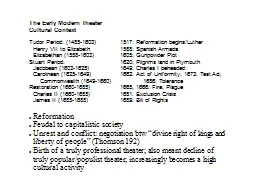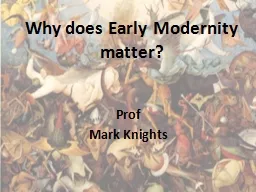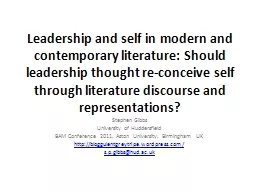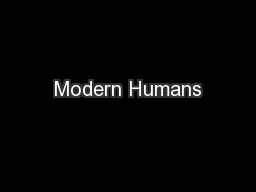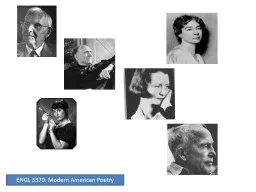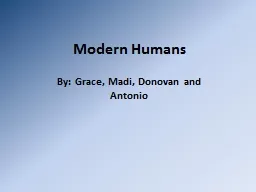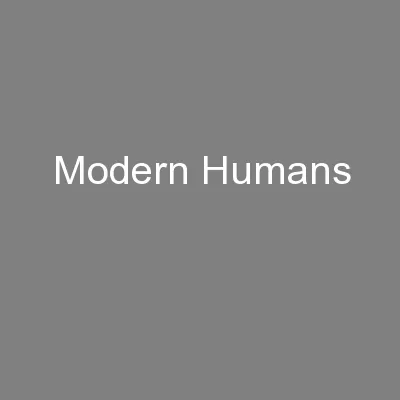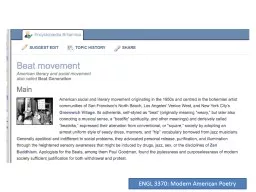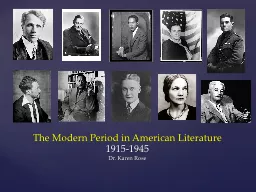PPT-The Early Modern
Author : myesha-ticknor | Published Date : 2015-10-07
Theater Cultural Context Tudor Period 14851603 1517 Reformation beginsLuther Henry VII to Elizabeth 1588 Spanish Armada Elizabethan 15581603 1605 Gunpowder Plot
Presentation Embed Code
Download Presentation
Download Presentation The PPT/PDF document "The Early Modern" is the property of its rightful owner. Permission is granted to download and print the materials on this website for personal, non-commercial use only, and to display it on your personal computer provided you do not modify the materials and that you retain all copyright notices contained in the materials. By downloading content from our website, you accept the terms of this agreement.
The Early Modern: Transcript
Download Rules Of Document
"The Early Modern"The content belongs to its owner. You may download and print it for personal use, without modification, and keep all copyright notices. By downloading, you agree to these terms.
Related Documents

